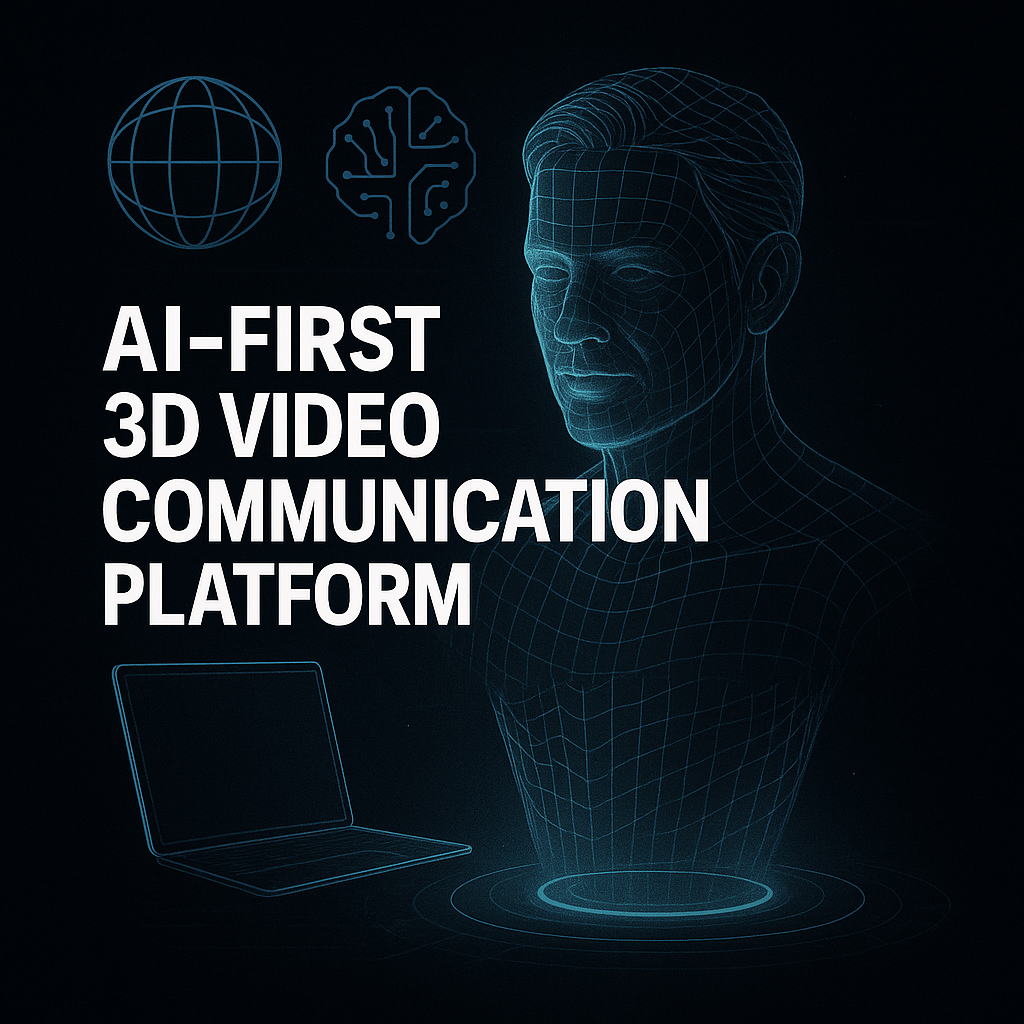For decades, video calls have been the same: a flat 2D feed, a few pixels over a network, and a lot of awkward pauses. But as artificial intelligence and spatial computing merge, a new kind of communication is emerging AI-first 3D video.
This isn’t Zoom with a filter. It’s an entirely new medium.
From Flat Screens to Fully Rendered Presence
Traditional video conferencing is a window. You see someone, but you don’t feel like they’re there.
An AI-first 3D video platform removes that barrier.
Using real-time AI rendering, depth mapping, and volumetric capture, it creates a lifelike 3D model of the person you’re talking to streamed directly into your environment. Think: a conversation where body language, spatial presence, and even subtle micro-expressions come through naturally.
Why “AI-First” Matters
AI isn’t just enhancing the visuals it’s running the show:
- Real-Time Reconstruction: Neural networks rebuild you in 3D from standard camera input
- Bandwidth Optimization: AI compresses and streams 3D data far more efficiently than raw video
- Personalized Rendering: Lighting, background, and even eye contact correction adapt on the fly
- Language Intelligence: Built-in translation and transcription for real-time global collaboration
Instead of trying to replicate real life, AI interprets and augments it smoothing over lag, fixing poor lighting, and creating a sense of “being there” even across oceans.
Beyond Meetings: Where This Tech Will Thrive
The applications go way past remote work:
- Virtual Training: Instructors can “stand” beside students, demonstrating tasks in real space
- Healthcare: Specialists can consult in immersive detail, guiding procedures in real time
- Creative Collaboration: Artists, engineers, and designers can share 3D models naturally during conversation
- Social Connection: Friends and family appearing in your living room instead of your laptop screen
The Challenges Ahead
With any leap forward, challenges follow. Privacy, data security, and the ethics of deep-realistic rendering will be critical issues to solve. Who owns your 3D likeness? How is it stored? How do we stop malicious edits or identity misuse?
If this technology is going to redefine human connection, it needs guardrails not just upgrades.
Final Thought
The AI-first 3D video communication platform isn’t a gimmick. It’s the next chapter in how we interact, collaborate, and connect.
The last decade was about making video calls easy. The next one will be about making them real
